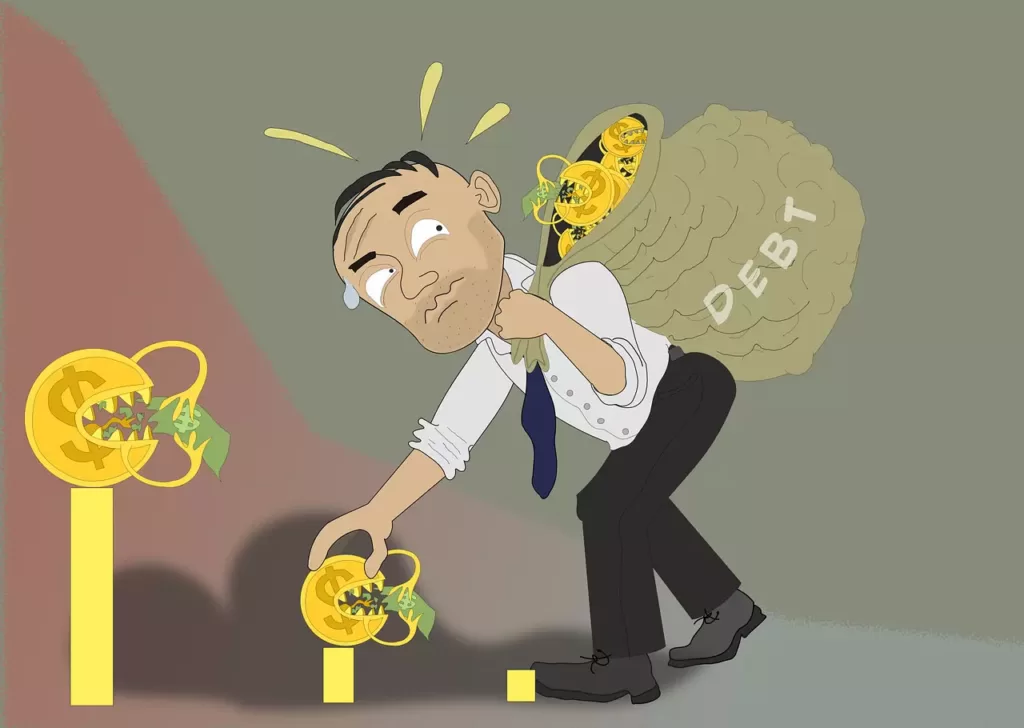Table of Contents
Introduction
The legal battle against Robodebt has been a significant milestone in the pursuit of justice. Robodebt, a controversial automated debt recovery system implemented by the Australian government, faced severe criticism for its flawed methodology and the undue burden it placed on vulnerable individuals. This article will delve into the legal battle against Robodebt, exploring its implications and the quest for justice that ensued.
The Genesis of Robodebt: Unveiling the System
Robodebt emerged as a system designed to automate the debt recovery process within the Australian welfare system. It aimed to streamline the identification and collection of debts owed to the government by welfare recipients. By employing data-matching techniques, Robodebt sought to compare individuals’ reported income with information from other government agencies, such as the Australian Taxation Office.

Image by Rilson S. Avelar from Pixabay
The Controversial Methodology of Robodebt
Robodebt’s methodology involved the use of an automated algorithm to calculate debt amounts based on income information discrepancies. It utilized an average of the recipient’s income over a specific period, assuming a constant fortnightly rate. However, this flawed approach failed to account for irregularities and variations in income that individuals may experience.
The system’s algorithm raised debts based on assumed income discrepancies, sending automated notices to welfare recipients demanding repayment. Recipients were often required to provide documentation to refute these claims, effectively placing the burden of proof on the individual, rather than the government.
The Legal Battle Begins: Challenging Robodebt
The legal battle against Robodebt gained momentum as individuals, legal experts, and advocacy groups began to question the system’s legitimacy and fairness. Numerous concerns were raised, including the lack of human intervention in assessing debts, the presumption of guilt, and the absence of proper evidence before issuing debt notices.
The Class Action Lawsuit
One of the pivotal moments in the legal battle against Robodebt was the commencement of a class-action lawsuit. In November 2019, the Federal Court of Australia approved a settlement of $1.2 billion in what became the largest class action in Australian history. The lawsuit highlighted the flaws and inherent unfairness of the Robodebt system, providing hope for justice and compensation to affected individuals.
The Implications of the Class Action Lawsuit
The settlement of the class action lawsuit sent shockwaves through the Australian welfare system. It exposed the systemic flaws of Robodebt, forcing the government to acknowledge its failure. The implications were far-reaching, with a significant impact on the lives of those affected by the flawed debt recovery system.
The Role of Advocacy Groups: Fighting for Justice
Throughout the legal battle against Robodebt, advocacy groups played a crucial role in fighting for justice on behalf of the affected individuals. These groups raised awareness about the injustices perpetrated by Robodebt, amplifying the voices of those who had been unfairly targeted.
Holding the Government Accountable
Advocacy groups tirelessly campaigned for accountability, demanding that the government take responsibility for the harm caused by Robodebt. They called for transparency, a review of welfare debt recovery processes, and proper compensation for those who suffered due to the system’s shortcomings.
FAQs about the Legal Battle against Robodebt
Q: What was the main issue with Robodebt?
A: The main issue with Robodebt was its flawed methodology, which imposed debts on welfare recipients based on assumed income discrepancies without proper evidence.
Q: What was the outcome of the class action lawsuit?
A: The class action lawsuit resulted in a $1.2 billion settlement, highlighting the systemic flaws and injustices of the Robodebt system.
Q: How did advocacy groups contribute to the legal battle against Robodebt?
A: Advocacy groups played a vital role in raising awareness, fighting for justice, and holding the government accountable for the injustices caused by Robodebt.
Q: Did the legal battle against Robodebt lead to any changes in the welfare system?
A: Yes, the legal battle exposed the flaws of Robodebt and forced the government to acknowledge its failure, leading to significant changes in the welfare debt recovery processes.
Q: Were individuals affected by Robodebt compensated?
A: The settlement of the class action lawsuit aimed to provide compensation to individuals who suffered due to the injustices of Robodebt.
Q: How did the legal battle against Robodebt impact public perception?
A: The legal battle raised awareness about the flaws of Robodebt, leading to a shift in public perception and an increased demand for fairness and accountability.
Conclusion
The legal battle against Robodebt serves as a stark reminder of the importance of justice and accountability in government systems. Through the efforts of affected individuals, advocacy groups, and the pursuit of legal action, the flaws and injustices of Robodebt were brought to light. The implications of this legal battle have sparked significant changes in the welfare debt recovery processes, ensuring that the pursuit of justice continues to prevail.

